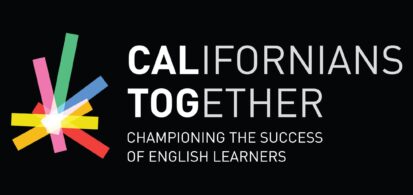Celebrating Multilingual Champions and Creating a Vision for the Next 25 Years
Last week, Californians Together was proud to host an event commemorating twenty-five years of policy and advocacy wins by honoring legislative champions of multilingual education. Over 100 education policy professionals […]






